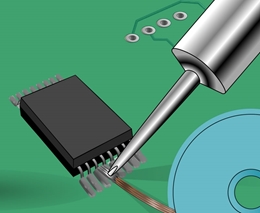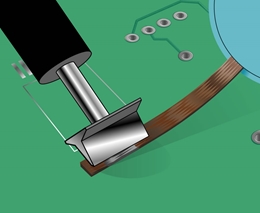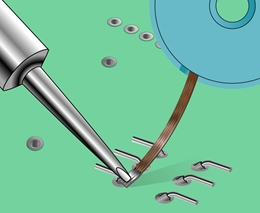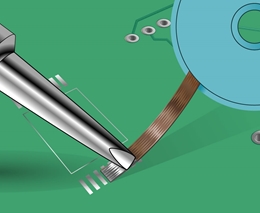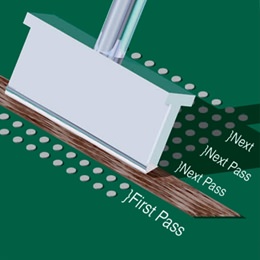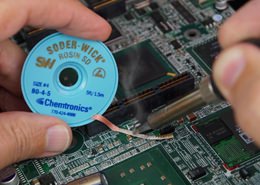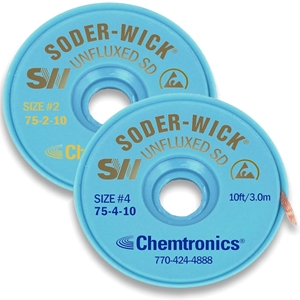
Your Sample Request
Soder-Wick Unfluxed Desoldering Wick
*=required field
TDS
REGS
SDS
Soder-Wick Unfluxed Desoldering Wick
Soder-Wick brand desoldering wick offers the state of the art in desoldering technology. Soder-Wick is designed for today’s heat sensitive electronic components using lighter mass, pure copper braid construction that allows for better thermal conductivity, even at low temperatures. Soder-Wick responds faster than conventional desoldering braids thereby minimizing overheating and preventing PCB damage.
All wick is sealed in nitrogen-purged packaging to avoid corrosion and loss of performance from moisture and oxygen.
 |
| 25 bobbins in resealable pouch |
Features & Benefits
- Can be coated with any flux type
- Allows for a constant flux type throughout the production process
- Provides quick and safe desoldering
- 10' spools packaged in ESD-safe static dissipative bobbins
Applications
- Use with your specified flux type throughout the production process
Specifications:
- MIL-F-14256 F
- NASA-STD-8739.3 Soldered Electrical Connections
- DOD-STD-883E, Method 2022
- ANSI/IPC J STD-004

